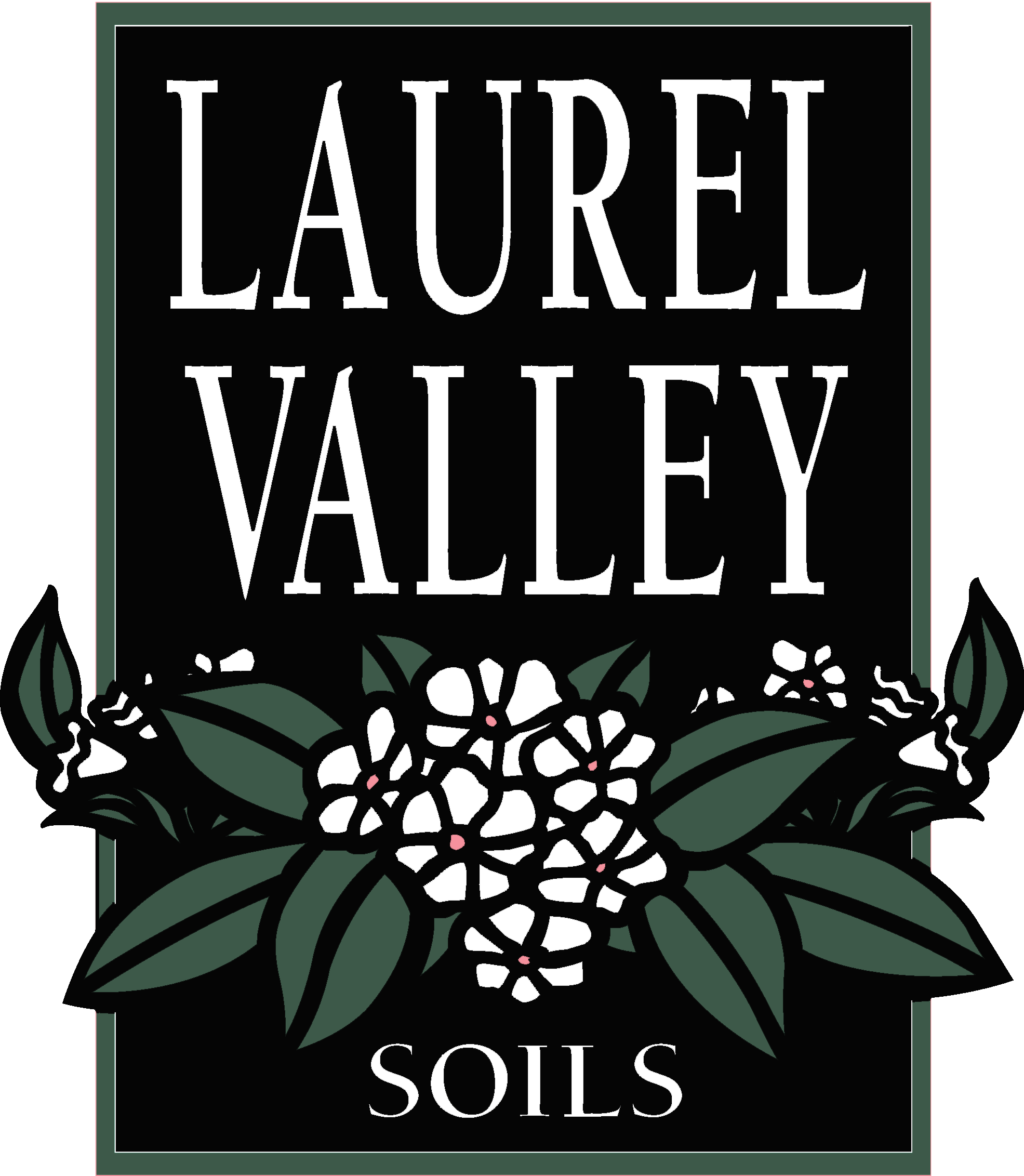Scott Jenkins is the General Manager of the newly-designed Mercedes-Benz Stadium in Atlanta, home of the Atlanta Falcons. Scott had a vision to be #1, and was determined to make that happen when the facility opened in August of 2017. And Scott got his wish, although maybe not in the way you might expect, as the Falcons fell to the Philadelphia Eagles for the NFC Division win that year.
But in the green building world, the Falcons’ home field is on the record books. Mercedes Benz Stadium is the 1st professional sports stadium to achieve LEED Platinum Certification, which is a Super Bowl-esque sized win for Jenkins and his team of architects, planners, builders and installers.
One of the reasons MB Stadium was able to achieve this prestigious status was its incorporation of compost as part of its landscape and stormwater design plans. 150 tractor trailer loads of compost-enriched engineered soil was amended into native soil on site and installed in bioswales and other water retention areas to capture, retain and manage high volumes of water runoff from large areas of impervious surfaces.
Many municipal ordinances and best practices require the addition of organic matter to existing soil whenever installation of plant material takes place. A target of 5% organic matter in soil provides increases in the following:
- Water retention
- Nutrient retention
- Microbial activity
- Sustainability
- Physical, chemical and biological properties
In addition, project material costs can be reduced by up to 2/3 when 2″ of compost is applied vs bringing in 6″ of topsoil, while also lowering the project’s carbon footprint.
Want to learn more? Check out the video below for more information:






